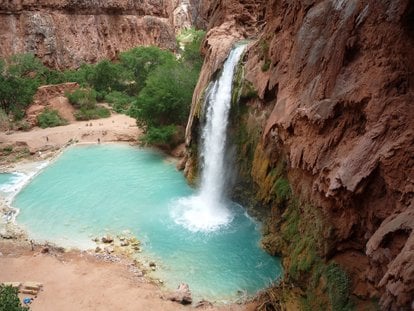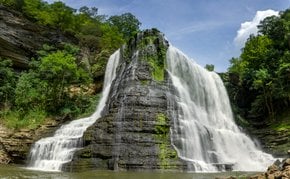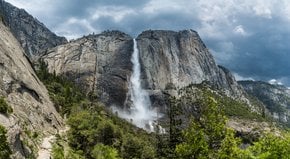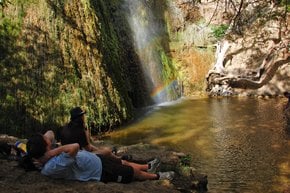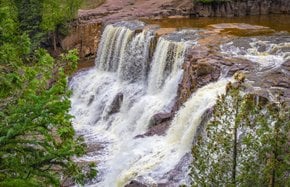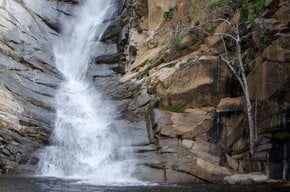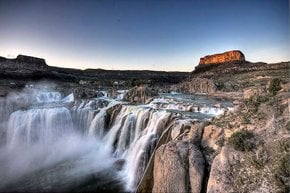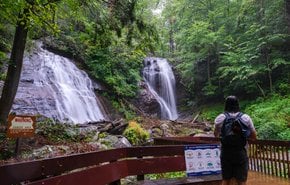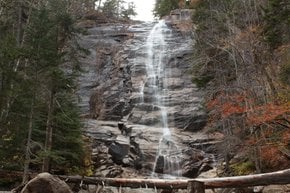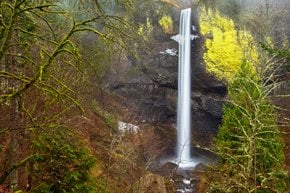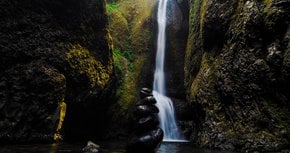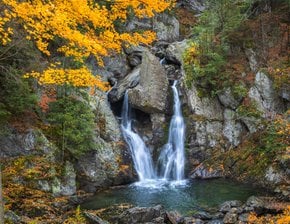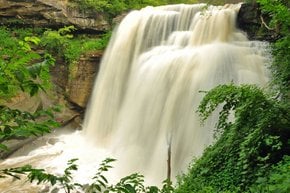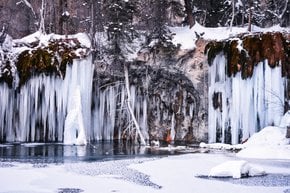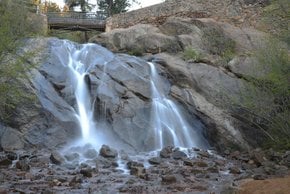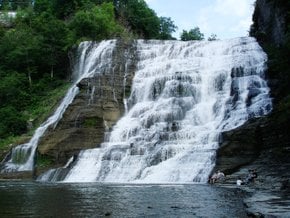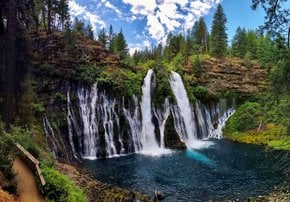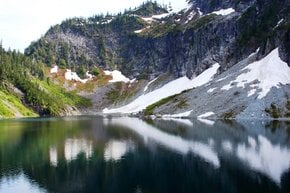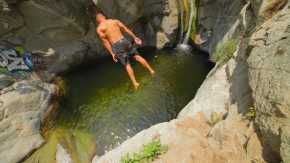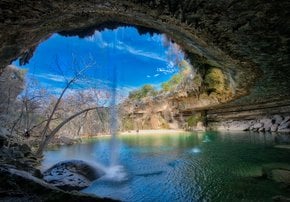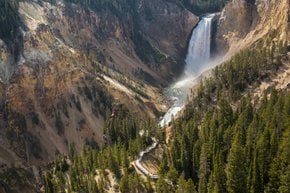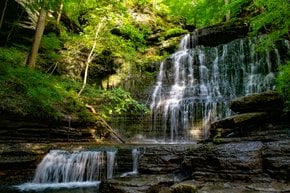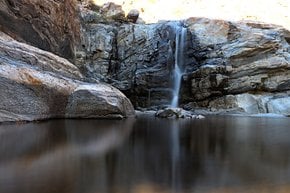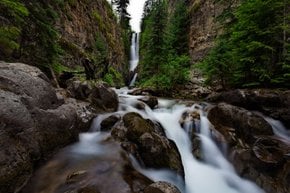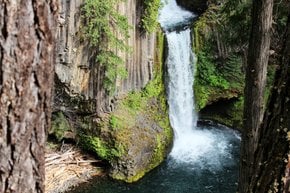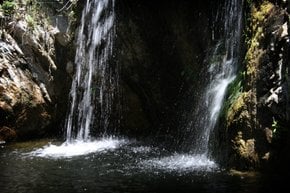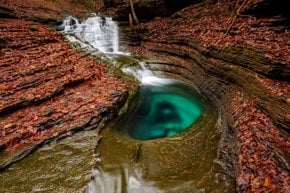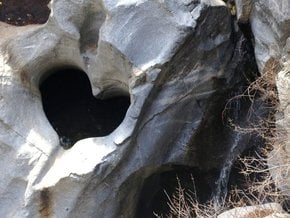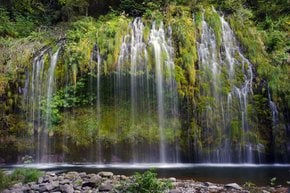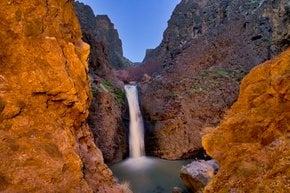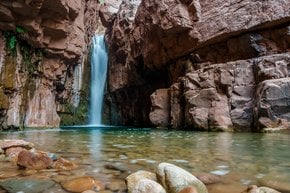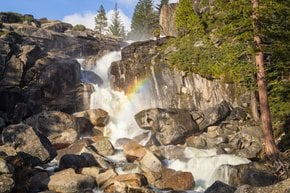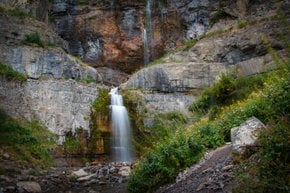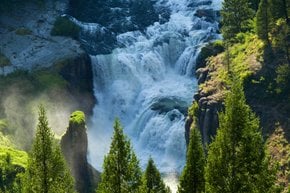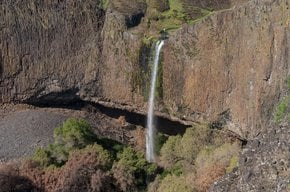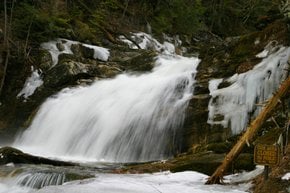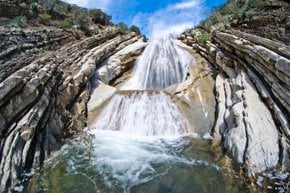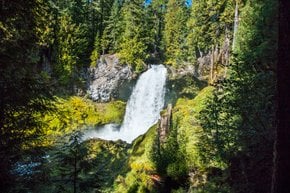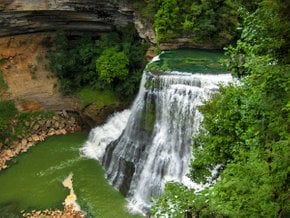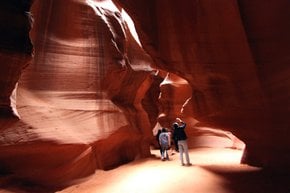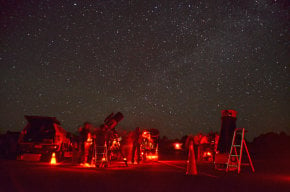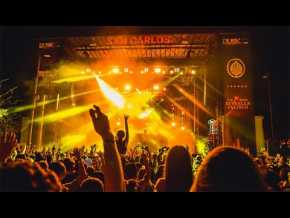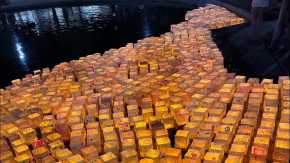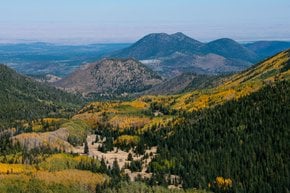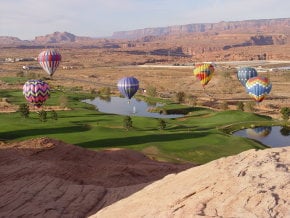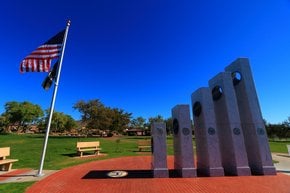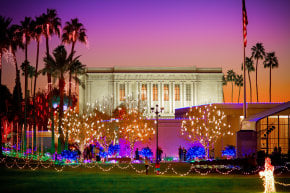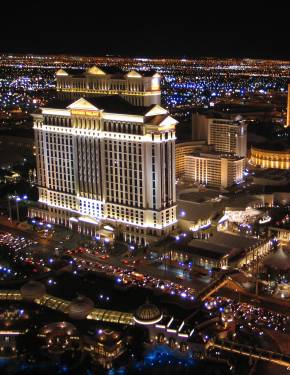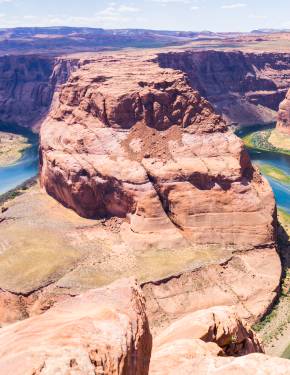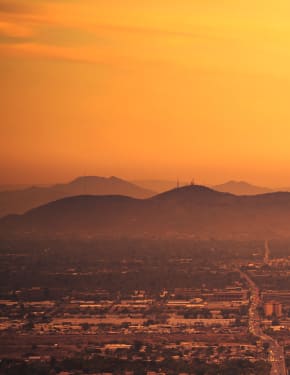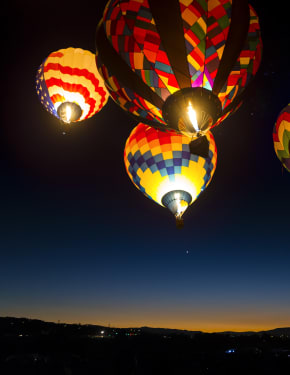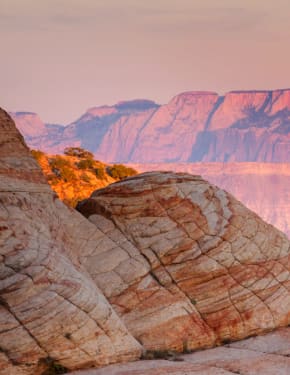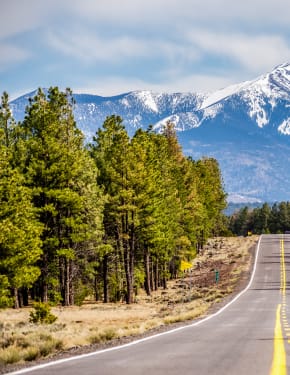Havasu & Navajo Falls in Arizona 2026
Welcome to the most dramatic waterfalls of the Grand Canyon
Best time: March–November
Havasu Falls (Havasupai) are famous for their five dramatic plunges and unbelievable turquoise waters. Havasu Creek seethes from a spring and flows down a canyon, creating halcyon pools. A dramatic landscape will make you do nothing but relax, swim, take photos, and of course, explore.
The colour of the water is the result of having been stored underground for as much as 30,000 years. While underground, the water washes off calcium, magnesium and other minerals from the limestone. Saturation by minerals and reflection of the sunlight—this is what exactly makes the water turquoise.
Navajo Falls is also located in the Havasu Canyon, just 0.6 mi (965 m) from Havasu Falls. It was formed by the result of a flash flood in August of 2008. The flood changed the landscape of the canyon, but it also created another waterfall to admire. The site stuns with beautiful cascades connecting Upper Navajo Falls and Lower Navajo Falls. Upper Navajo Falls is quite hard to find, but Lower Falls can be easily spotted from the trail between Supai Village and the Havasupai Campground. Some visitors bring floating devices like tubes to enjoy the pool below Upper Navajo Falls.
The best time to visit Havasu Falls is between March and November. If you are into swimming and hiking, spring and autumn are the best for fewer crowds and pleasant weather conditions. Summer is hot and crowded, and July and August bring monsoons with sudden rainstorms. It might ruin your hiking experience and, well, the brown water isn't as appealing as the promised turquoise hues. Nevertheless, late summer remains the peak of the high season.
Winter is too cold to enjoy swimming or camping. Moreover, campgrounds usually close in December and January. But, if you don't mind the cold, then it might be a good idea to visit without crowds.

